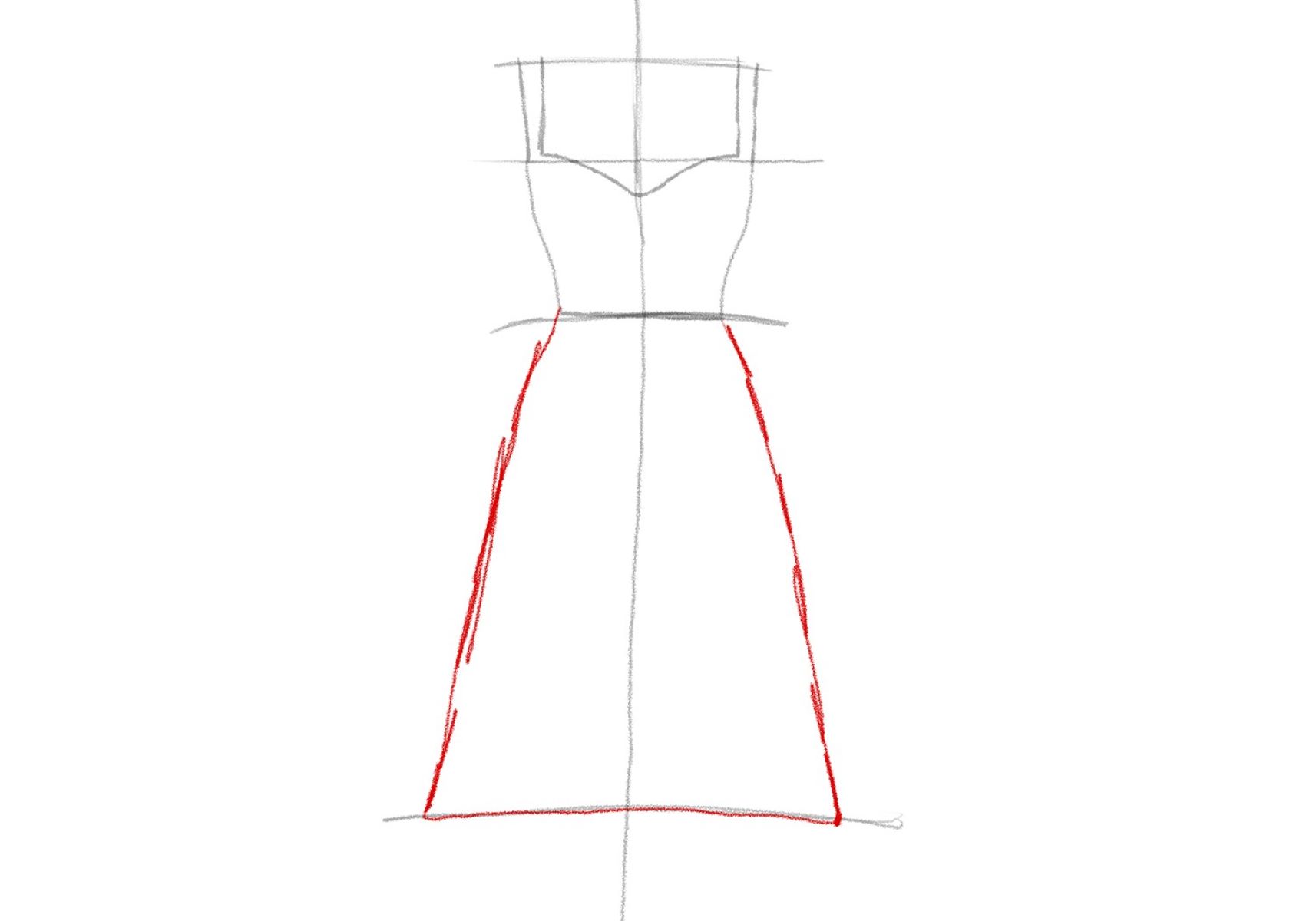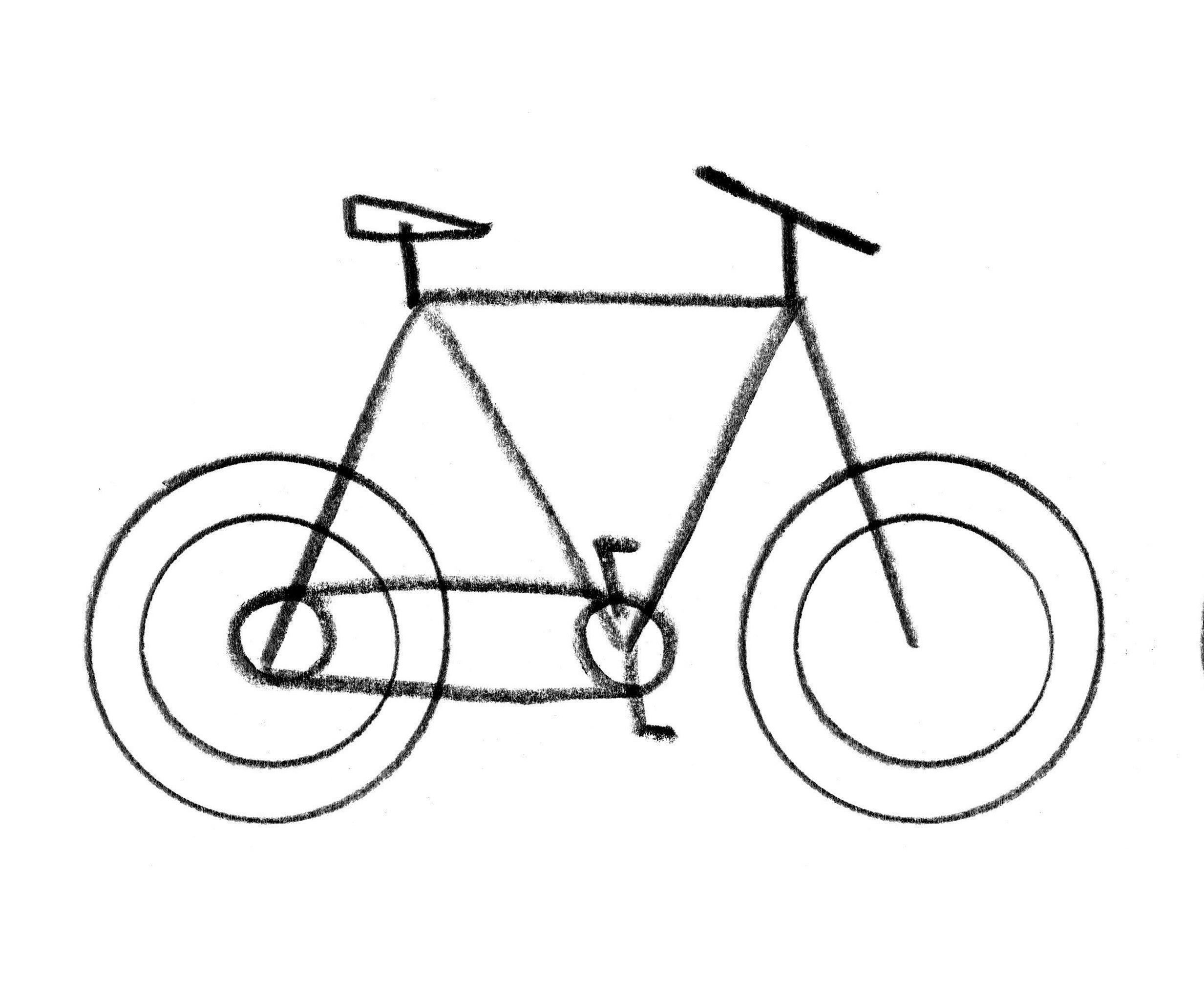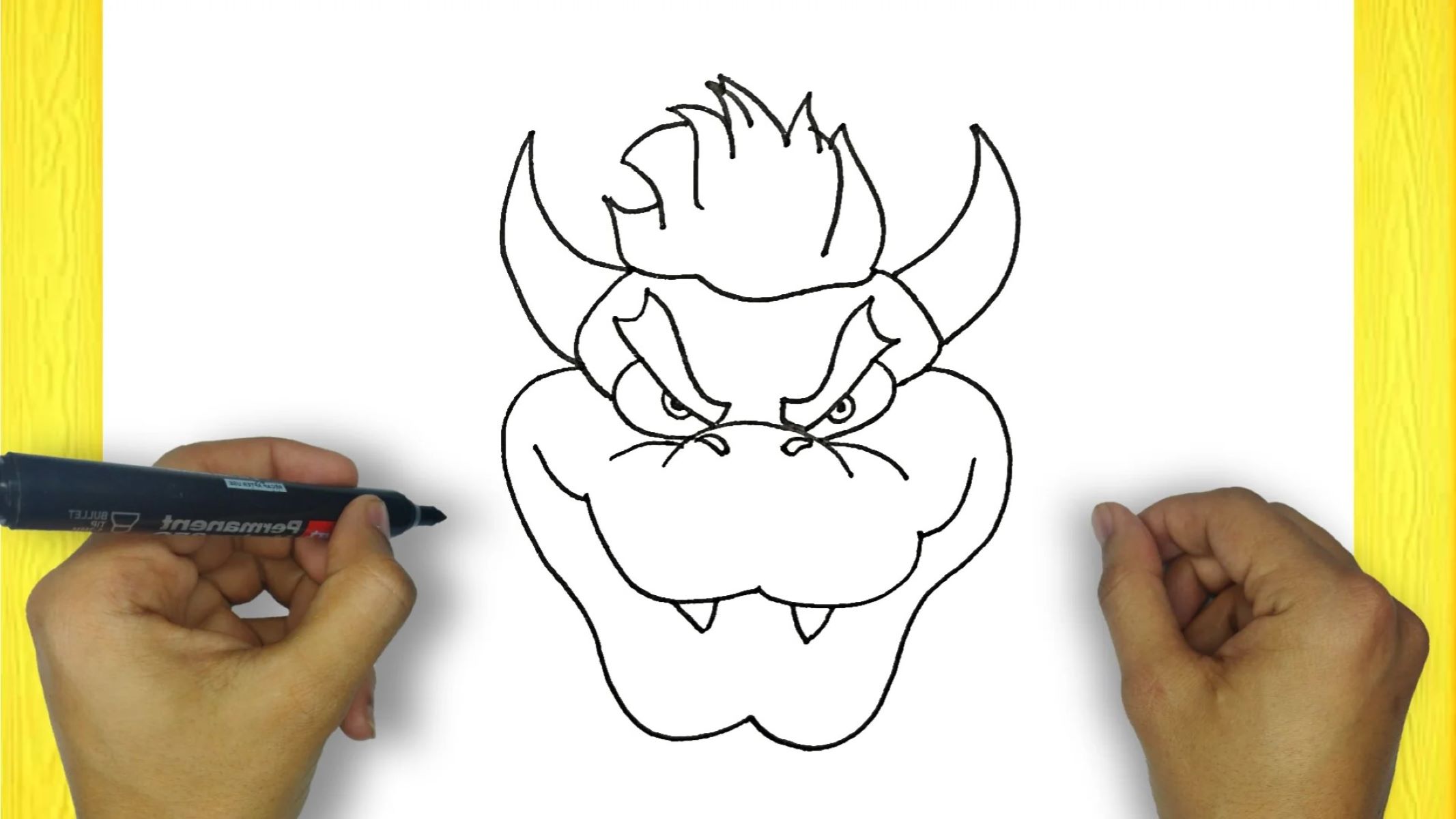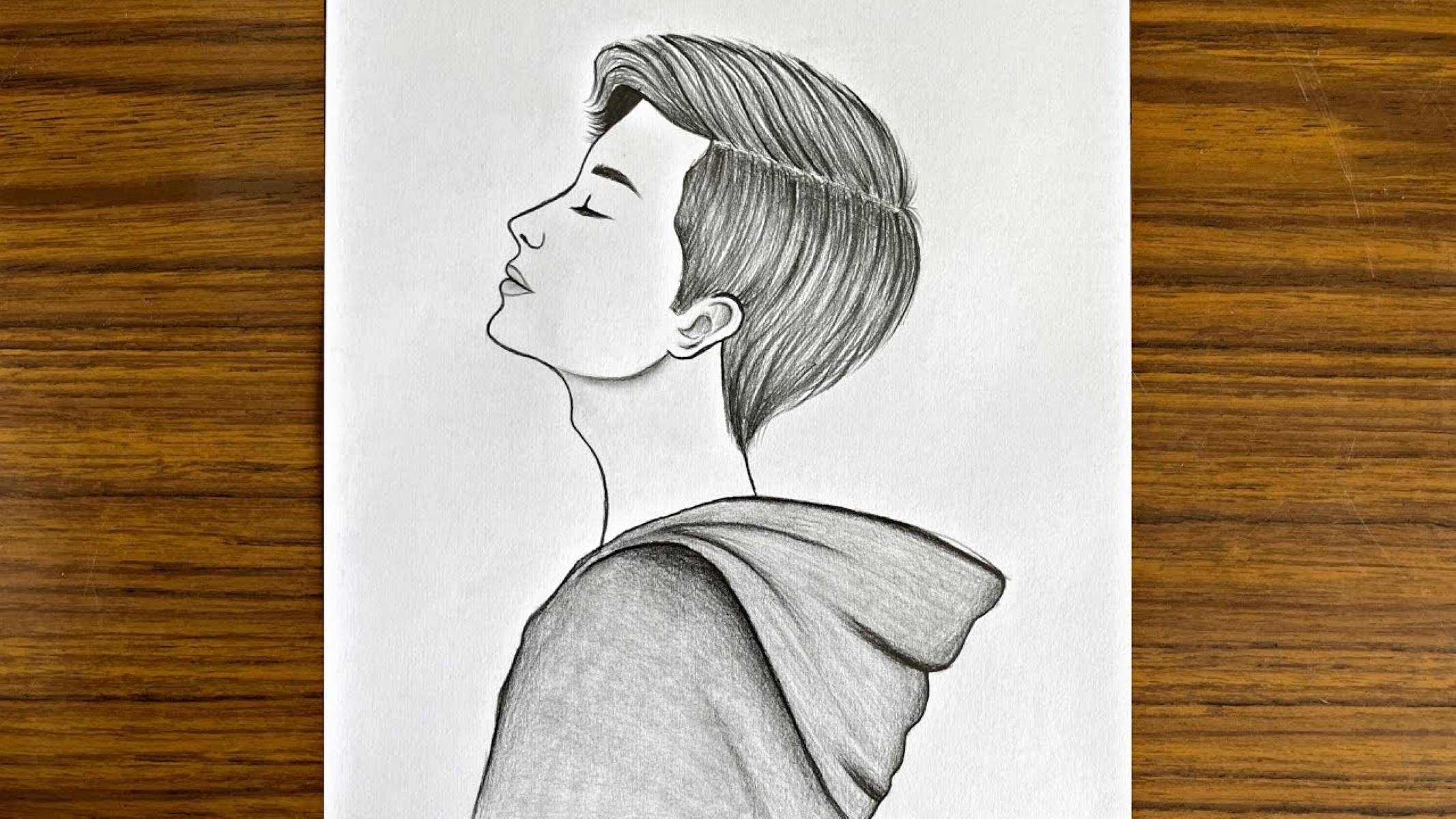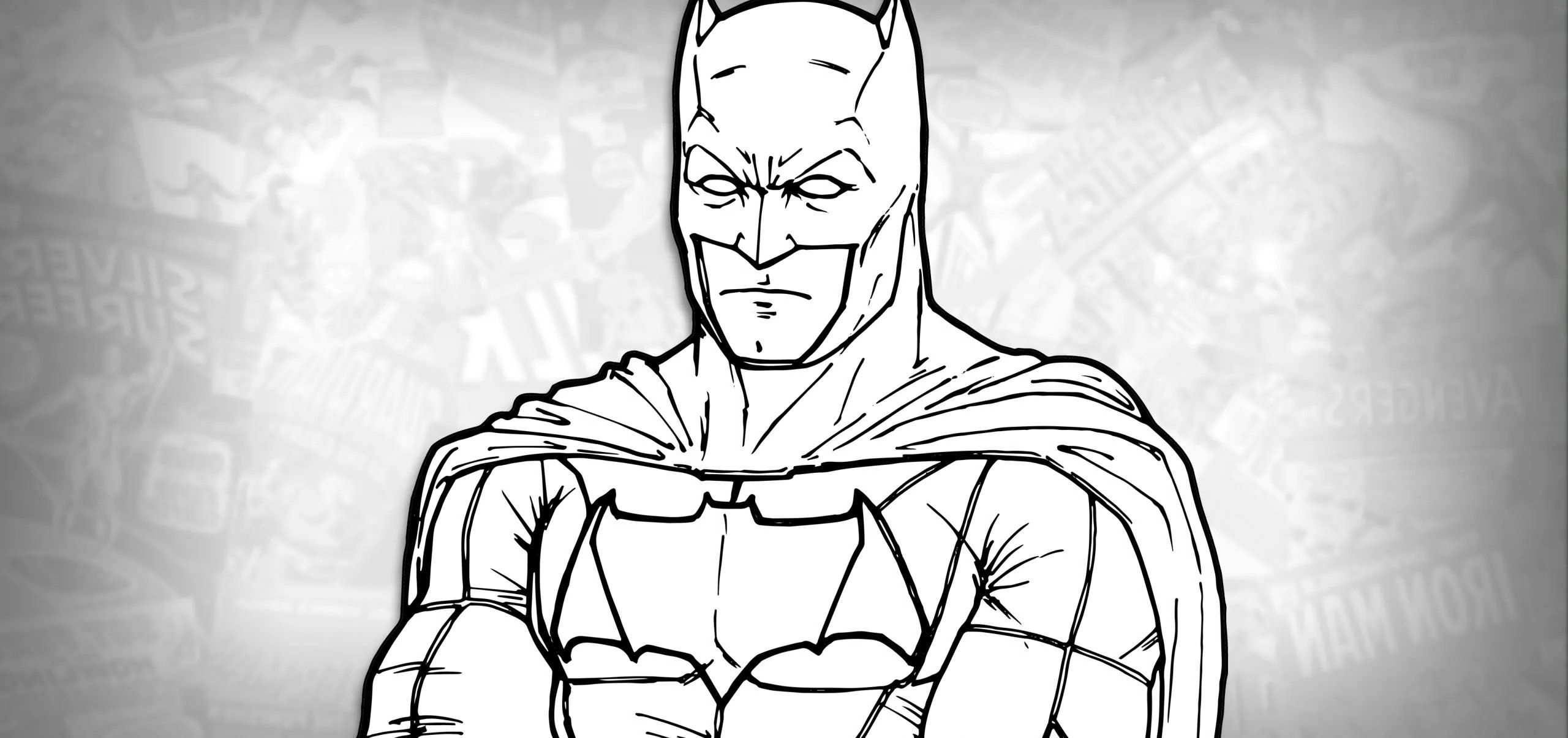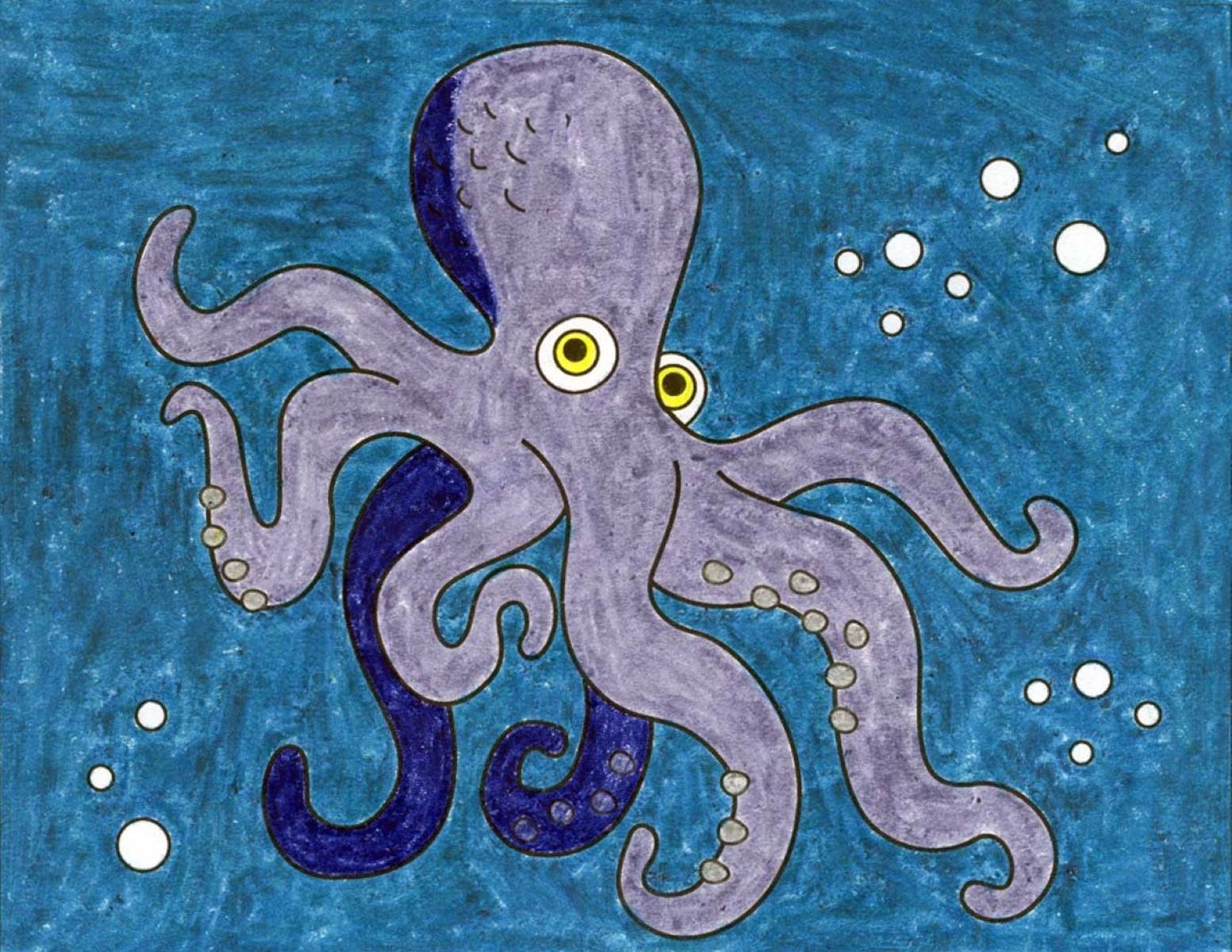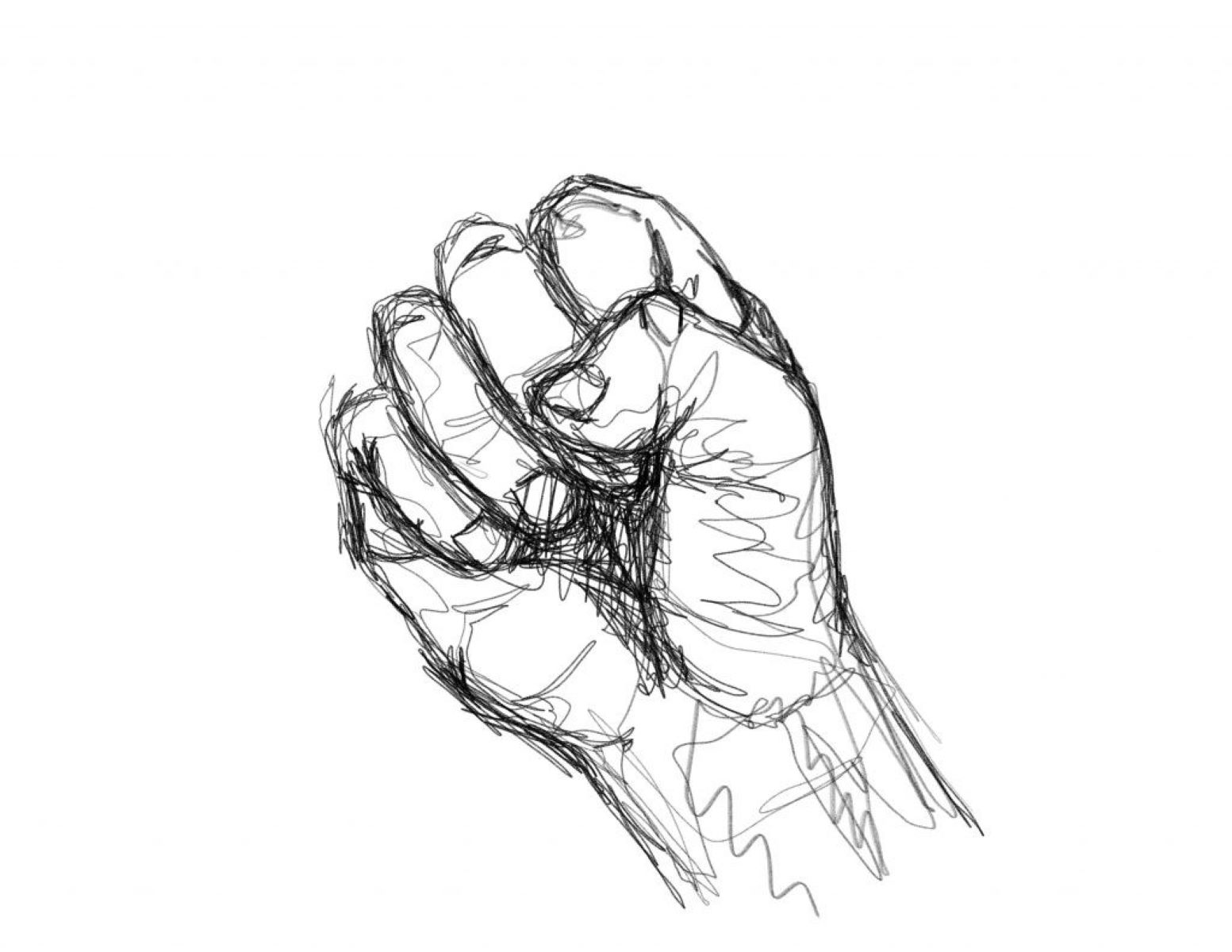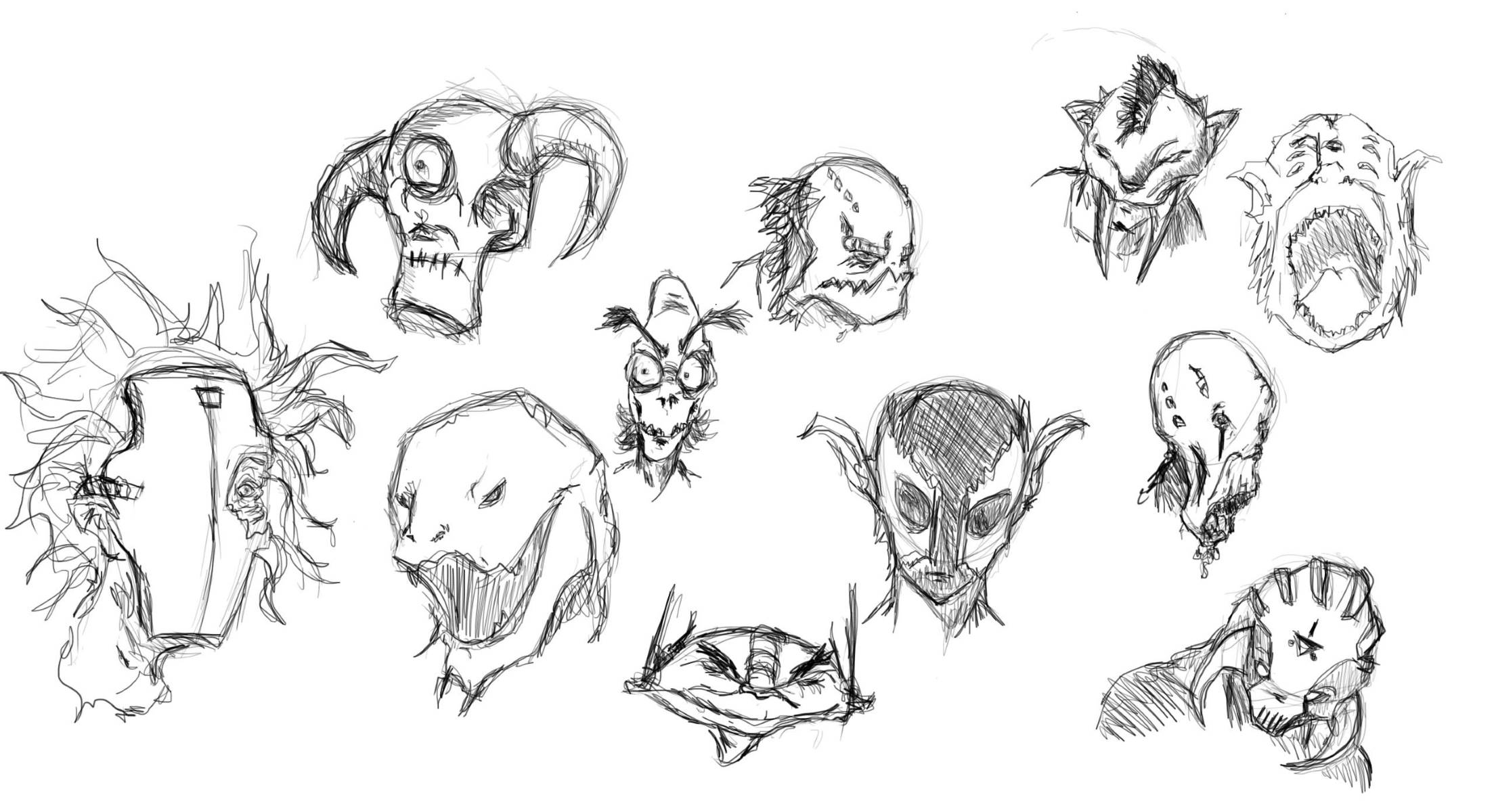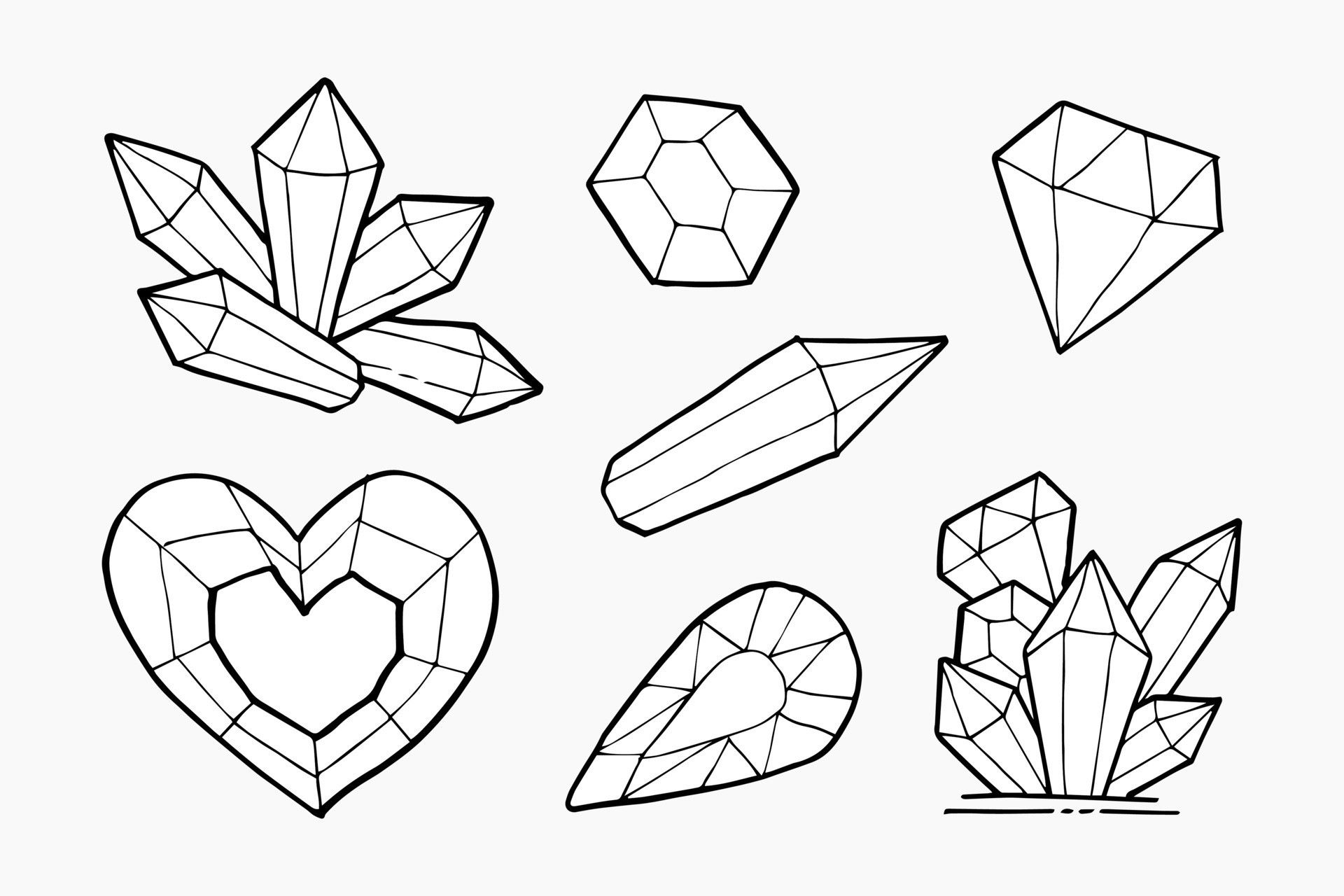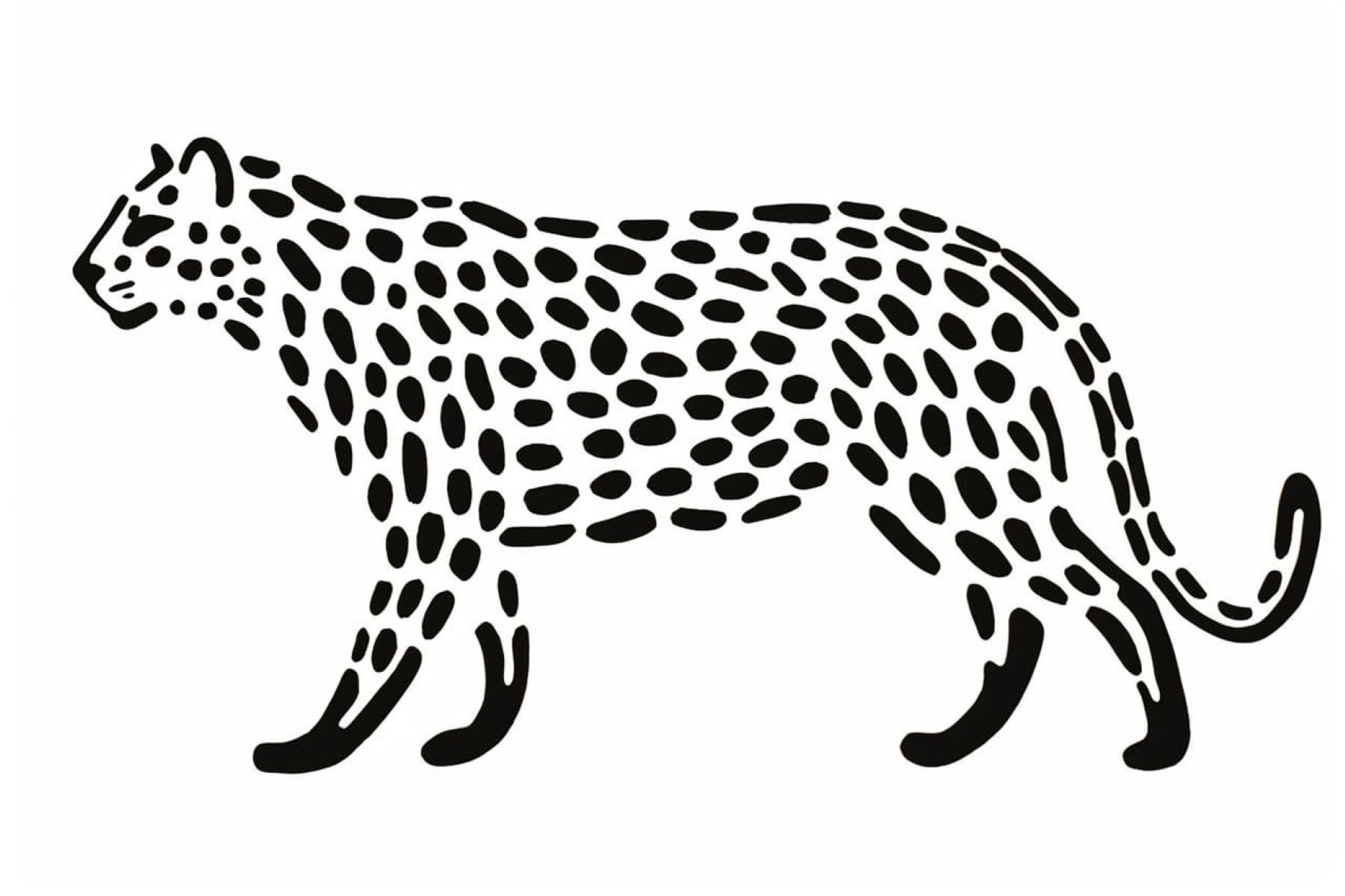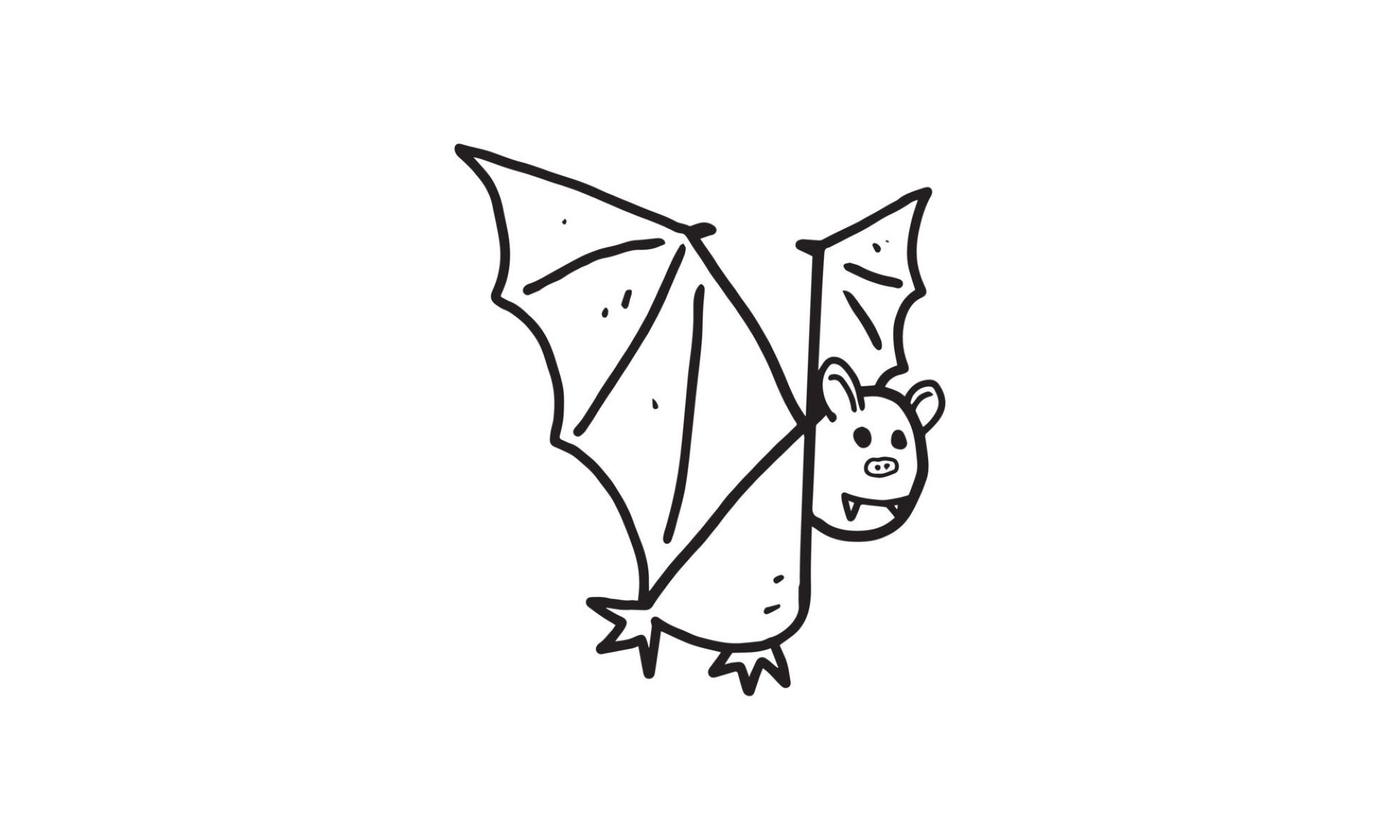Home>Arts and Culture>How To Draw A Realistic Moon
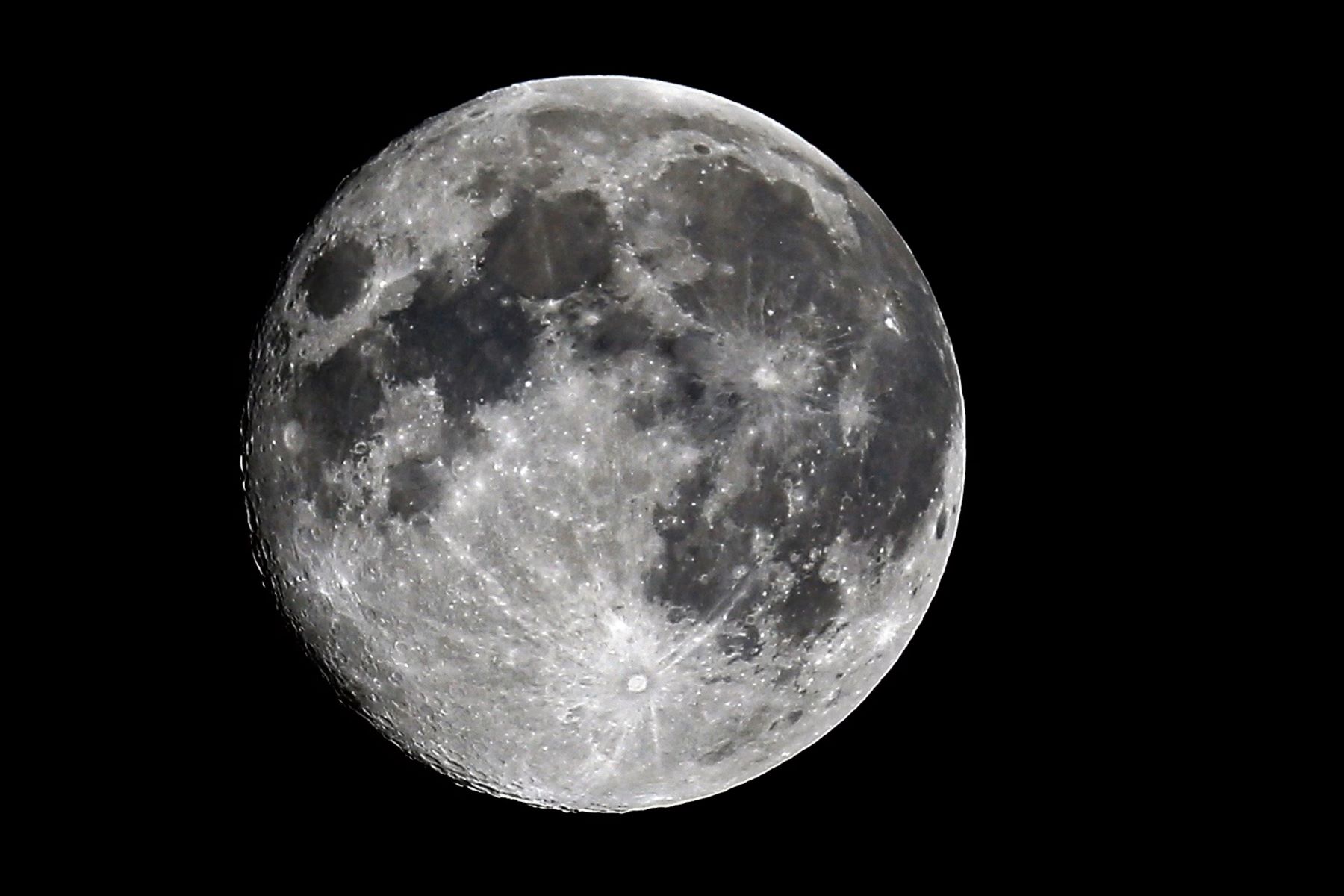

Arts and Culture
How To Draw A Realistic Moon
Published: March 5, 2024
Learn how to draw a realistic moon with step-by-step instructions. Explore the art of creating celestial scenes in this arts and culture tutorial.
(Many of the links in this article redirect to a specific reviewed product. Your purchase of these products through affiliate links helps to generate commission for Regretless.com, at no extra cost. Learn more)
Table of Contents
Introduction
Drawing a realistic moon can be a mesmerizing and rewarding experience, allowing you to capture the celestial beauty of Earth's natural satellite on paper. Whether you are an aspiring artist or a seasoned sketcher, mastering the art of depicting the moon's enigmatic allure can add a captivating dimension to your artistic repertoire. The moon, with its craters, shadows, and ethereal glow, has long been a subject of fascination and inspiration for artists across the ages. In this comprehensive guide, we will delve into the intricacies of creating a lifelike representation of the moon, from understanding its surface features to mastering the techniques of shading and highlighting.
As you embark on this artistic journey, you will discover the importance of observation and attention to detail, honing your ability to translate the celestial wonder of the moon onto the canvas. Through the careful application of shading, texture, and highlights, you will breathe life into your drawing, infusing it with a sense of depth and realism that captures the essence of the moon's mystical presence.
Armed with the right materials and a keen eye for detail, you will learn to navigate the subtle interplay of light and shadow that defines the moon's surface, unlocking the secrets to creating a compelling and authentic portrayal. Whether you are drawn to the serene beauty of a full moon illuminating the night sky or the haunting allure of a crescent moon shrouded in mystery, this guide will equip you with the knowledge and techniques to bring your lunar visions to life on paper.
So, gather your artistic tools, prepare to immerse yourself in the enchanting world of lunar artistry, and let's embark on a captivating journey to master the art of drawing a realistic moon.
Materials Needed
To embark on the artistic endeavor of drawing a realistic moon, you will need a selection of essential materials to bring your lunar masterpiece to life. These tools will serve as your artistic companions, enabling you to capture the intricate details and ethereal glow of Earth's celestial satellite with precision and finesse.
-
Drawing Paper: Select a high-quality drawing paper that provides a smooth and sturdy surface for your artwork. The paper should have the capacity to withstand various drawing techniques, such as shading and blending, while offering the ideal backdrop for your lunar creation.
-
Pencils: A set of graphite pencils ranging from 2H to 6B will be indispensable for achieving the nuanced shading and depth required to render the moon's surface realistically. The varying degrees of hardness and softness in graphite pencils will allow you to capture the subtle interplay of light and shadow, essential for creating a lifelike portrayal of the moon.
-
Blending Stumps or Tortillons: These cylindrical tools are invaluable for blending and smudging graphite, enabling you to achieve seamless transitions between light and dark areas on your moon drawing. They facilitate the softening of edges and the creation of a velvety texture, lending a sense of realism to your lunar depiction.
-
Kneaded Eraser: A kneaded eraser is a versatile and pliable tool that can be molded into different shapes to lift graphite and create highlights on your moon drawing. Its gentle and precise erasing capabilities make it an essential asset for refining details and enhancing the luminosity of the moon's surface.
-
White Gel Pen or White Charcoal Pencil: These white drawing implements are instrumental for adding highlights and capturing the radiant glow of the moon. They allow you to infuse your drawing with a captivating luminosity, replicating the mesmerizing radiance of Earth's celestial companion.
-
Reference Images: Access to high-quality reference images of the moon will serve as a guiding light, offering visual insights into the intricate patterns, craters, and surface features that characterize the lunar landscape. These references will inform and inspire your artistic interpretation, ensuring a faithful representation of the moon's captivating allure.
Armed with these essential materials, you will be well-equipped to embark on the artistic odyssey of drawing a realistic moon, harnessing the power of light, shadow, and texture to breathe life into your lunar masterpiece. With a keen eye for detail and a passion for celestial artistry, you are poised to embark on a captivating journey of lunar exploration through the medium of drawing.
Understanding the Moon's Surface
The moon, Earth's celestial companion, presents a captivating tapestry of surface features that have intrigued and inspired artists and astronomers for centuries. Understanding the intricacies of the moon's surface is essential for creating a realistic and compelling lunar depiction. From the rugged terrain marked by craters to the subtle interplay of light and shadow, delving into the nuances of the moon's topography is a gateway to capturing its enigmatic allure on paper.
The moon's surface is characterized by a mesmerizing array of impact craters, vast plains known as maria, rugged mountains, and sinuous valleys. These features are the result of a tumultuous cosmic history, shaped by asteroid impacts, volcanic activity, and the relentless forces of celestial erosion. The prominent craters, such as Tycho, Copernicus, and Plato, punctuate the lunar landscape with their distinctive formations, offering a visual narrative of the moon's tumultuous history.
In addition to craters, the maria, or lunar seas, present expansive regions of dark, basaltic plains that contrast with the brighter highland regions. These maria, such as the Sea of Tranquility and the Sea of Serenity, add a dynamic element to the moon's surface, evoking a sense of mystery and intrigue. The interplay of light and shadow across these lunar plains creates a mesmerizing visual rhythm, inviting artists to capture the captivating contrast in their drawings.
Furthermore, the moon's surface is adorned with rugged mountain ranges, such as the Montes Apenninus and the Montes Caucasus, which rise majestically against the lunar horizon. These towering peaks, sculpted by ancient geological processes, contribute to the dramatic and awe-inspiring character of the moon's topography, offering artists a compelling subject for their lunar compositions.
As artists seek to understand the moon's surface, they are drawn to the intricate details that define its terrain. The subtle undulations, the play of light across crater walls, and the delicate nuances of texture and shadow all contribute to the mesmerizing complexity of lunar artistry. By immersing themselves in the study of lunar geography, artists gain a profound appreciation for the celestial canvas that awaits their creative interpretation.
In the pursuit of drawing a realistic moon, understanding the moon's surface becomes a transformative journey of discovery, inviting artists to unravel the mysteries of our celestial neighbor and translate its enigmatic beauty into a captivating work of art. With a deepened understanding of the moon's surface features, artists are poised to embark on the next phase of their artistic odyssey, translating their insights into a compelling and authentic portrayal of Earth's mesmerizing satellite.
Sketching the Moon's Shape
Sketching the shape of the moon is a pivotal stage in the artistic journey of capturing its ethereal allure on paper. The moon, with its subtle curvature and distinctive features, presents a compelling subject for artists seeking to convey its enigmatic presence through the medium of drawing.
To commence the process of sketching the moon's shape, begin by envisioning the desired size and placement of the lunar disc on your drawing surface. Whether you opt for a full moon suspended in the night sky or a crescent moon emerging from the darkness, visualizing the proportions and positioning of the moon will set the foundation for your artistic interpretation.
With a light hand and a keen eye for symmetry, sketch the basic outline of the moon using a graphite pencil. Employ gentle, circular motions to define the curvature of the lunar disc, ensuring a smooth and fluid representation of its shape. Pay close attention to the proportions and maintain a balanced composition, allowing the moon to command the attention it deserves within the artistic frame.
As you refine the outline of the moon, consider the subtle nuances of its surface features, such as the gentle undulations and the placement of prominent craters or maria. While the initial sketch focuses on capturing the fundamental shape of the moon, integrating these details at this stage can provide a roadmap for the subsequent stages of adding texture and depth to your lunar depiction.
Throughout the process of sketching the moon's shape, embrace the fluidity of artistic expression and allow your intuition to guide the placement of the lunar features. Whether you are drawn to the serene elegance of a waxing crescent or the captivating radiance of a gibbous moon, infuse your sketch with a sense of dynamism and grace that reflects the celestial dance of Earth's natural satellite.
As the contours of the moon take shape on your drawing surface, immerse yourself in the meditative rhythm of sketching, allowing the subtle beauty of the lunar form to unfold under your artistic touch. With each stroke of the pencil, you breathe life into the celestial canvas, laying the groundwork for the intricate details and luminous textures that will define your realistic portrayal of the moon.
In the art of sketching the moon's shape, embrace the enchanting simplicity of capturing its elegant form, laying the foundation for a captivating lunar composition that beckons viewers into the mesmerizing realm of celestial artistry. With the initial sketch serving as a guiding beacon, you are poised to embark on the next phase of infusing your lunar creation with depth, texture, and luminosity, bringing the moon's enigmatic allure to life on paper.
Adding Texture and Details
With the foundational sketch of the moon's shape in place, the next phase of the artistic odyssey involves infusing the lunar depiction with intricate texture and captivating details. This pivotal stage serves as a gateway to capturing the nuanced topography of the moon's surface, elevating the drawing to a realm of realism and depth that mesmerizes the viewer.
To commence the process of adding texture and details, immerse yourself in the study of lunar geography, drawing inspiration from high-quality reference images that offer insights into the mesmerizing patterns, craters, and rugged terrain that define the moon's enigmatic allure. These visual references serve as guiding beacons, illuminating the intricate features that will breathe life into your lunar masterpiece.
Employing a range of graphite pencils, delicately layer and blend varying degrees of darkness and lightness to emulate the subtle undulations and rugged contours of the moon's surface. Pay meticulous attention to the placement of craters, the interplay of light and shadow, and the captivating contrast between lunar plains and highland regions. Each stroke of the pencil becomes a brushstroke of celestial artistry, infusing the drawing with a sense of authenticity and depth.
As you navigate the lunar landscape with your artistic tools, consider the mesmerizing interplay of texture and shadow that defines the moon's enigmatic allure. Utilize blending stumps or tortillons to seamlessly merge the graphite, softening harsh edges and creating a velvety texture that mirrors the lunar terrain. Embrace the tactile nature of the drawing process, allowing your fingertips to guide the transformation of graphite into a captivating portrayal of lunar texture.
Furthermore, integrate the delicate details of prominent craters, such as Tycho, Copernicus, or Plato, infusing your drawing with a sense of narrative and cosmic history. Each crater becomes a testament to the moon's enduring journey through the cosmos, inviting viewers to embark on a visual exploration of lunar wonders.
As the lunar texture unfolds under your artistic touch, harness the versatility of a kneaded eraser to lift graphite and create luminous highlights that mirror the moon's ethereal glow. Mold the eraser into precise shapes, delicately refining the details and enhancing the radiance of the lunar surface. Additionally, employ a white gel pen or white charcoal pencil to add captivating highlights, infusing your drawing with a mesmerizing luminosity that captures the celestial radiance of Earth's natural satellite.
In the art of adding texture and details, embrace the transformative power of artistic expression, allowing the moon's enigmatic allure to unfold under your creative vision. With each stroke and delicate touch, you breathe life into the celestial canvas, infusing it with a captivating sense of realism and cosmic wonder. As the lunar depiction evolves, you are poised to embark on the next phase of infusing your masterpiece with shading, highlights, and final touches, bringing the moon's mystical presence to life on paper.
Read more: How To Draw Characters
Shading and Highlights
Shading and highlighting are pivotal elements in the process of capturing the ethereal allure of the moon on paper. These techniques infuse the lunar depiction with depth, dimension, and a captivating sense of luminosity, elevating the drawing to a realm of realism that mesmerizes the viewer.
To embark on the journey of shading and highlighting, immerse yourself in the interplay of light and shadow that defines the moon's enigmatic presence. Begin by delicately layering graphite to establish the tonal gradations that delineate the lunar terrain. Employ a range of graphite pencils, varying in hardness and softness, to achieve the nuanced transitions between light and dark areas. Embrace the meditative rhythm of shading, allowing the lunar landscape to unfold under your artistic touch.
As you navigate the contours of the moon's surface, pay meticulous attention to the placement of shadows, accentuating the rugged topography and the subtle undulations that define the lunar landscape. The interplay of light across crater walls and the gentle slopes of lunar plains becomes a visual symphony, inviting you to capture the mesmerizing contrast between illumination and shadow.
Furthermore, harness the transformative power of blending stumps or tortillons to seamlessly merge the graphite, softening harsh transitions and infusing the drawing with a velvety texture that mirrors the lunar terrain. Embrace the tactile nature of blending, allowing the graphite to evolve into a captivating portrayal of lunar topography under your skillful manipulation.
As the shading unfolds, the next phase involves infusing the lunar depiction with captivating highlights that mirror the moon's radiant glow. Employ a kneaded eraser to delicately lift graphite, creating luminous accents that capture the celestial luminosity. Mold the eraser into precise shapes, refining the details and enhancing the radiance of the lunar surface. Additionally, utilize a white gel pen or white charcoal pencil to add mesmerizing highlights, infusing the drawing with a captivating sense of luminosity that mirrors the celestial radiance of Earth's natural satellite.
In the art of shading and highlighting, embrace the transformative power of artistic expression, allowing the moon's enigmatic allure to unfold under your creative vision. With each stroke and delicate touch, you breathe life into the celestial canvas, infusing it with a captivating sense of realism and cosmic wonder. As the lunar depiction evolves, you are poised to embark on the next phase of infusing your masterpiece with final touches and reflections, bringing the moon's mystical presence to life on paper.
Final Touches and Reflections
As the artistic odyssey of capturing the ethereal allure of the moon on paper nears its culmination, the stage is set for the infusion of final touches and reflections that will elevate the lunar depiction to a realm of captivating realism and cosmic wonder. This pivotal phase serves as the crowning moment, where meticulous details and luminous nuances converge to breathe life into the celestial canvas, inviting viewers into a mesmerizing realm of lunar artistry.
With a discerning eye and a steady hand, apply the final touches to your lunar masterpiece, refining the intricate details and enhancing the luminous texture of the moon's surface. Delicately accentuate the prominent craters and rugged terrain, infusing the drawing with a sense of narrative and cosmic history. Each stroke of the pencil becomes a testament to the moon's enduring journey through the cosmos, inviting viewers to embark on a visual exploration of lunar wonders.
Furthermore, consider the captivating interplay of reflections that emanate from the moon's radiant glow. Embrace the transformative power of a white gel pen or white charcoal pencil to add luminous highlights, infusing the drawing with a captivating sense of radiance and celestial allure. These reflections become a visual symphony, mirroring the moon's ethereal presence and inviting viewers to immerse themselves in the mesmerizing dance of light and shadow.
As the final touches and reflections converge, allow the lunar depiction to unfold under your artistic vision, infusing it with a captivating sense of realism and cosmic wonder. With each delicate stroke and luminous accent, you breathe life into the celestial canvas, inviting viewers to embark on a visual odyssey through the enchanting realm of lunar artistry.
In this transformative phase, the moon's enigmatic allure is captured in its full splendor, inviting viewers to gaze upon a celestial masterpiece that mirrors the captivating radiance of Earth's natural satellite. As the final touches and reflections infuse the drawing with a sense of luminosity and depth, the artistic odyssey of drawing a realistic moon culminates in a captivating portrayal that transcends the boundaries of art and invites viewers to embark on a visual journey through the cosmic wonders of the lunar realm.
Conclusion
In the culmination of this artistic odyssey, we have embarked on a captivating journey to master the art of drawing a realistic moon. From the foundational sketch of the moon's shape to the infusion of intricate texture, shading, and luminous highlights, we have delved into the nuances of lunar artistry, capturing the celestial allure of Earth's natural satellite on paper.
As we reflect on this transformative artistic endeavor, we are reminded of the profound beauty and enigmatic presence of the moon, a celestial companion that has inspired awe and wonder throughout human history. Through the meticulous application of shading, texture, and luminous reflections, we have breathed life into the lunar canvas, infusing it with a captivating sense of realism and cosmic wonder.
The process of drawing a realistic moon has not only honed our artistic skills but has also deepened our connection to the celestial wonders that adorn the night sky. It has invited us to unravel the mysteries of lunar geography, to capture the rugged terrain and captivating contrasts that define the moon's enigmatic allure.
As we conclude this artistic odyssey, we are reminded that the art of drawing a realistic moon transcends the boundaries of artistic expression, inviting viewers to embark on a visual journey through the cosmic wonders of the lunar realm. It serves as a testament to the timeless allure of celestial artistry, capturing the essence of the moon's mystical presence and inviting viewers to immerse themselves in the mesmerizing dance of light and shadow.
In the final strokes and luminous reflections, we have encapsulated the captivating radiance of Earth's natural satellite, inviting viewers to gaze upon a celestial masterpiece that mirrors the ethereal beauty of the moon. The drawing stands as a testament to the enduring fascination and inspiration that the moon evokes, inviting us to marvel at the cosmic wonders that adorn the night sky.
As we bid farewell to this artistic odyssey, we carry with us a profound appreciation for the celestial wonders that grace our world. The art of drawing a realistic moon has not only enriched our artistic repertoire but has also deepened our connection to the captivating allure of the cosmos, inviting us to gaze upon the moon with newfound wonder and reverence.
In the end, the drawing stands as a testament to the enduring fascination and inspiration that the moon evokes, inviting us to marvel at the cosmic wonders that adorn the night sky.
